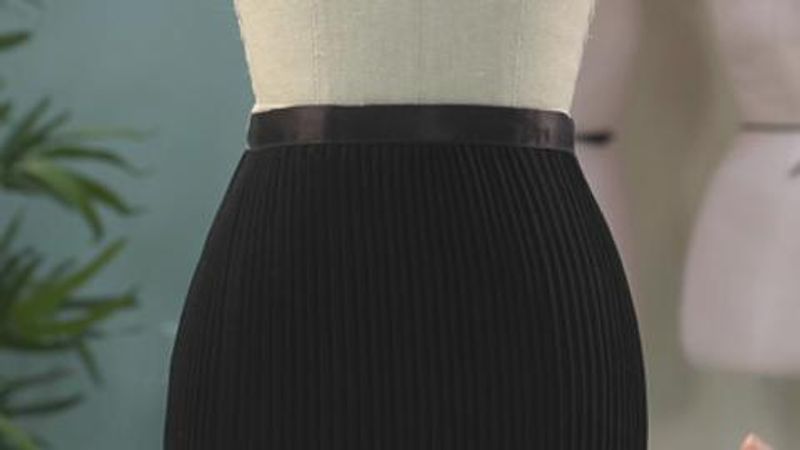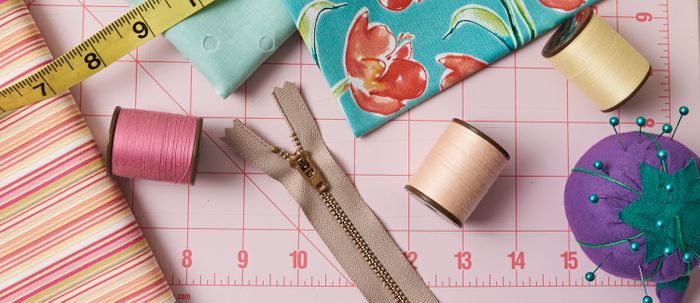Anatomy of a Skirt and the Measurements You Need to Make One
Four measurements are needed no matter what style you choose
Garment sewing expert Judith Neukam walks through the anatomy of a skirt in this educational video. Judith shows several finished skirt shapes: straight or pencil, dirndl, full and pleated, A-line, and gored. She explains their differences and some considerations for sewing them.
Anatomy of a skirt, a straight style
A straight skirt, for example, can have three different waist treatments. It has waist darts at the front and back. If this narrow skirt is long, it requires a vent or slit—often in the center-back seamline—for walking ease.
Make a skirt
Judith describes a skirt as a large tube that is fitted to the waist. The skirt style, including its length, is up to you. She says she thinks skirts are the easiest garment to make and a pattern may not be required. However, you do need four measurements to make a skirt. Judith shows what those measurements are, with the help of a dress form.
More guidance
Threads has published many articles about making skirts. Below are just three features that contain a wealth of information about creating your own.
- “Tips for Fitting a Straight Skirt” by Louise Cutting. Threads #214 (Summer 2021)
- “Skirt Formula” by Raminta Vilkiene, Threads #205 (Oct./Nov. 2019)
- “Designer Skirt Secrets” by Mary Funt, Threads #198 (Aug./Sept. 2018)
This detailed tutorial is one episode in Season 3 of the comprehensive Teach Yourself to Sew series.
Teach Yourself to Sew
Judith, the series host, got her first taste of sewing when she took the free lessons that came with her mother’s sewing machine purchase. Judith was 9 at the time. Soon after, she was sewing her own clothes and feeding her passion for the craft. In her Teach Yourself to Sew series, Judith shares her enduring love of sewing and her invaluable years of sewing experience.
Getting started
She starts with discussing the equipment and the essential sewing notions for anyone who sews. You’ll learn about shopping for fabrics, choosing patterns (including selecting the correct size), and planning the perfect pattern layout. From machine-sewing simple seams to inserting zippers and stitching buttonholes, Judith demonstrates the key steps to making a custom garment.
Discover methods for clean-finishing seam allowances and applying facings so all edges are neat. To add shape to garments, Judith explains how and why to sew darts, and how to gather fabric for volume. Other garment elements, such as sleeves, pockets, and elasticized waistbands, are shown in easy-to-follow video tutorials.
Advancing your skills
When you’re ready to challenge yourself further, tune in to Judith’s overview of couture garments and sewing techniques. Even if you never intend to become the next Coco Chanel, you’ll learn methods that add quality to your everyday wardrobe. Find out how to perfectly match stripes, plaids, and prints; baste seams; and insert underlinings and linings.
Finally, Judith shares the basics of pattern fitting and adjustment. Her method begins at the shoulders, ensuring the garment hangs properly. Follow along as Judith shows how to create a shoulder template that you can use again and again to adjust patterns before cutting the fabric. As a bonus, you’ll even learn how to create a custom dress form so you can fit garments on a body that truly represents your true body shape.






Log in or create an account to post a comment.
Sign up Log in